A Kolkata winter experience is said to be complete only if one has swung an ankle at the Christmas Eve Party at the Tollygunge Club, jostled through Park Street the following evening, attended the races in a tuxedo on January 1, slipped in for a while at the Kolkata Literary Meet and done the 2am slot at the Dover Lane Music Conference.
The Dover Lane Music Conference is distinctive: it is a neighbourhood onusthan that grew into a phenomenon; it built its brand through word of mouth; it is an extension of a neighbourhood spirit that usually births, lives and dies for the Durga Puja; it is the smallest by financial outlay, niche by relevance and yet national by influence.
Even as the ripple of this multi-decade cultural icon has extended beyond Kolkata, its story has not. There is no book on the institution that one can access; there is no rich aggregation of experiences anywhere; there has been no attempt to celebrate its nostalgia; its Instagram page comprises five posts and 32 followers. Somebody at the DLMC has missed the big picture, a need to preserve in real-time, and a need to bequeath. The virasat at DLMC is largely in its un-digitised and unaggregated video footage and in the un-mined memories of its older gentry.

Tejendra Narayan Majumdar at this year’s conference
Hence this column (narrative of Bappa Sen, former general secretary and among the DLMC organisers).
“Our big message is that nothing becomes a success overnight. What one may have started can evolve to become something different. The DLMC was not conceived as a grand vision of contributing to the institution of Hindustani Classical Music. The event probably started because some Dover Lane para boys who had gone to attend a music conference in Hindustan Park were not permitted entry. They returned motivated (‘dekhiye debo!’). That is how we started our own cultural onusthan. That was 1952.
“We launched our first event in Dover Lane — raastay — Pradiptada’r bari’r kachhakachhi. This was a cultural mix — some dance, theatre and classical performances. From what our forefathers mentioned, the play Notun Yehudi was staged by Ritwik Ghatak and Sandhya Mukherjee also performed. Je rokom hoy, a good part of the neighbourhood may have turned up and since all the promoters were young, there was a feeling that this needed to become an annual fixture. The event went into the next year, and then the next. In those early years, the organisers invited Ustad Alauddin Khan accompanied by Ali Akbar Khan and Pandit Ravi Shankar. They performed on the street in a makeshift pandal with no tickets; all those who turned up early got front row seats and the audience was largely the dadu, ma and mashima types. This was seen as a contribution to the para ethos and a counter to the Hindustan Park onusthan; the pride, response and appreciation were immediate; they were simple times and how one was appraised on the Neighbourhood Respect Index meant more than how much money one earned.
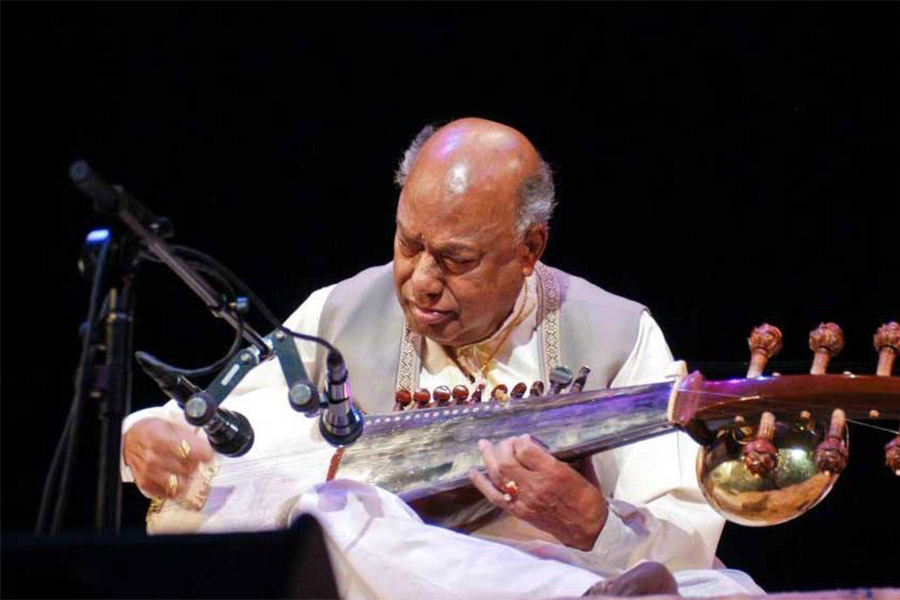
In the early years, the organisers invited Ustad Alauddin Khan accompanied by Ali Akbar Khan and Pandit Ravi Shankar. They performed on the street in a makeshift pandal with no tickets
TT Archives“I will keep coming back to para culture, which is relevant in a world moving out of such neighbourhoods and into gated complexes. Our neighbourhood was a large community comprising about 30 families. One could hear conversations from the homes of others; one could get the drift of fish from another’s home; one could pick late evening street conversations in first floor bedrooms; it was possible to say who had been doing adda until what time; it was possible to say whose marriage was being planned with whom; there was an element of East Bengal-Mohun Bagan within the neighbourhood (it would have been boring if all residents supported just one team); a para’r chheley had only to issue a street ‘daak’ for 17 youngsters to materialise in 30 seconds; if someone extended a hand for help, there would be four offering assistance; if someone from the neighbourhood passed away, half the menfolk would be accompanying the deceased – even if that person happened to be relatively aporichito — to the shoshan. There is one simple word that describes a para: ‘Together’.
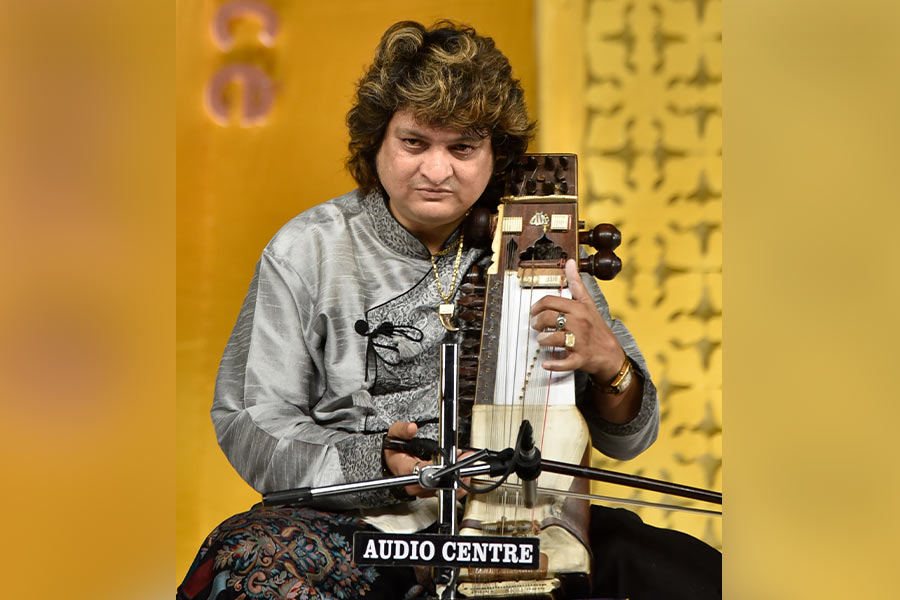
Allarakha Kalawant at this year’s session
“Back to the DLMC. For the first three decades, the event was not just organised by those from among the neighbourhood; it was also conducted within. The result was that the sponsorship came from within, the organisers came from within, and the audience came from within. When one looks back, this was the robust platform that the DLMC needed — if we had scattered across locations and if we had infused members from outside, then the event may have gotten bigger but the ownership could have diluted, who knows.
“By keeping the DLMC private, we survived — and with good reason. We had members who agreed and disagreed on a range of subjects. If there was one thing that bound us through the thick and thin, it was the geography. We continued to live in the same neighbourhood. We knew families not just by name, but by their ancestors. I may have had a fallout with a DLMC member, but my father would be engaging virtually each evening with his father at adda, so it was impossible to remain disengaged. Besides, how long could one sulk? The neighbourhood boys would be meeting each evening anyway. How long can one remain hidden? The result was that we could disagree — and we all did — but we could not be disagreeable. That was our para culture.
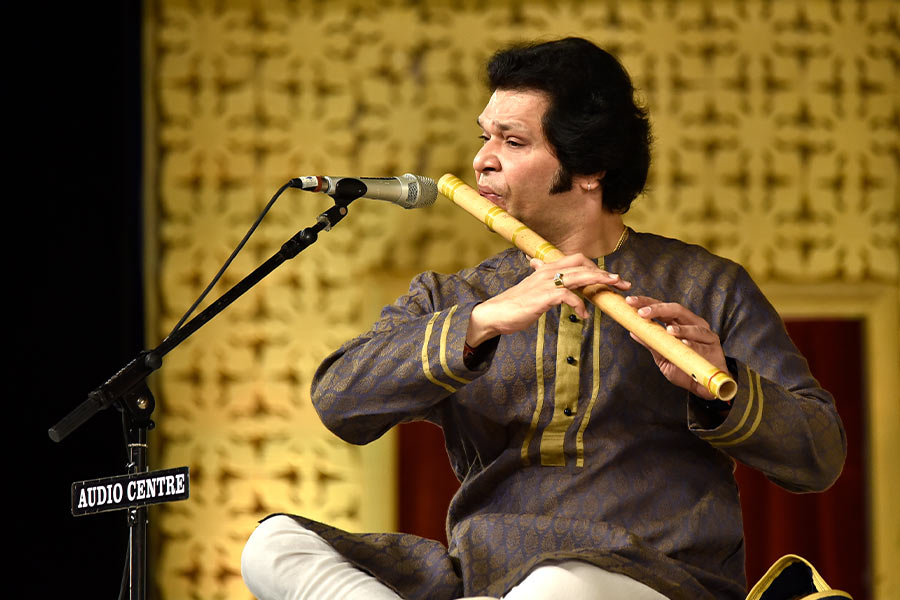
Rakesh Chaurasia in performance
“There is something else that transpired. The DLMC provided a babu-kaku jukto platform. Two generations worked alongside, the younger doing the legwork and the older providing strategic direction. At one level, this integrated two generations around a common cause; at the other level, it seeded the emergence of the second generation that would take the DLMC ahead. We are now a part of the third generation driving the event, though I often worry about where the fourth generation will come from. Dekha jak!
“For all of us who organise the DLMC, this is more than an event. In a large city or even world, the event gives us a public identity. We all live largely low-profile lives through the year, but for that one week we become different people. We engage in something larger than ourselves: we see ourselves as protectors of a rich tradition; we see ourselves as being engaged in a mission; we see ourselves as doing something important to the world; we see ourselves as trustees who will pass on what they received, if only made better.
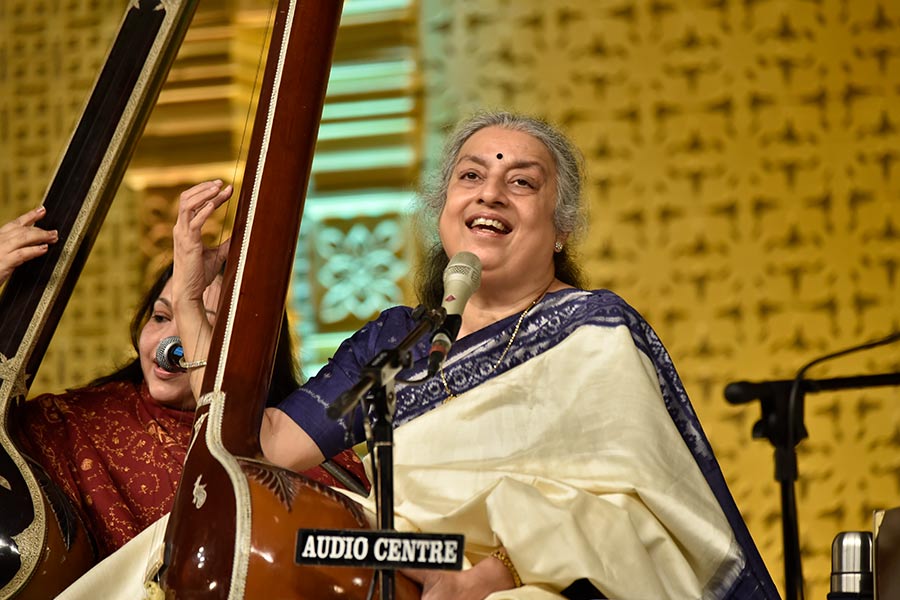
Ashwini Bhide-Deshpande
“What has the DLMC contributed to the world? One, we have done just one thing — consistently propagate classical music in Kolkata; this is our brand (which explains why Anup Jalota has never performed here). Two, we have played host to every single musician of repute across the last seven decades — you name a Hindustani classical musician of repute who has not performed here — except Kumar Gandharva. Three, the only year we did not organise an event was in 1962 on account of the India-China war; we moved into a garage during the challenging Naxalite days of 1971; we shifted dates during the pandemic but did not call it off (Ustad Rashid Khan said, ‘Mask porey gaibo!’). Four, when we could not remunerate artistes because a sponsor backed out on one occasion, a number of artistes came anyway (‘payment-er katha porey hobey’).

The late Rashid Khan performing at the DLMC
doverlanemusicconference.org“If there is one reason for which the DLMC is respected across the world, it is because of our all-night performance schedule. Amjad Ali Khan once told us: “I have not seen this anywhere else.” The result is that we have focused audience members turning up at 4am; we have had a packed Nazrul Mancha for a 6am performance; Ustad Vilayat Khan once started at 5.30am and ended at 11am and no one turned to ask, ‘What is the score?’ because India was playing a Test series in Australia.
“My most memorable DLMC moments? When we hosted Pandit Ravi Shankar at Netaji Indoor Stadium in 2009 a fortnight after the official event had ended. This came at a large cost; we had clearly over-extended ourselves but once the word went around, we found individuals coming forward to contribute (a number of them did so anonymously). There was this other occasion when Pandit Ravi Shankar turned up to listen to Ustad Ali Akbar Khan perform with no fuss (the latter nodded to him during the performance). Bhimsen Joshi’s DLMC performance in 2004 was probably his last public performance; Ustad Ali Akbar Khan specifically asked to perform in 2006 and it turned out to be his last public performance; Pandit Nikhil Banerjee abbreviated his 1983 performance to 30 minutes as he said he was not feeling well and the following day, suffered a heart attack.
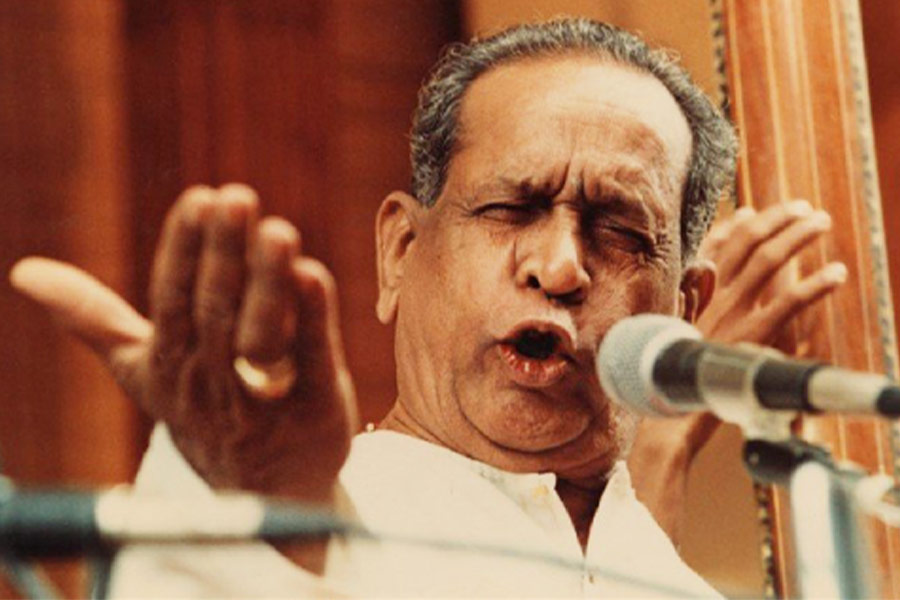
Bhimsen Joshi’s DLMC performance in 2004 was probably his last public performance
doverlanemusicconference.org“Our legacy is rich, but our archives are disorganised. We have preserved the recordings of our events for the last four decades; what we need is systematic digitised documentation that could take these recordings to the world and across time. Maybe when we do this, the DLMC will have graduated to become a universal platform that can touch anybody anywhere and anytime. And all this started because some of our para boys — our forefathers — had been refused entry to an event in Hindustan Park!”






